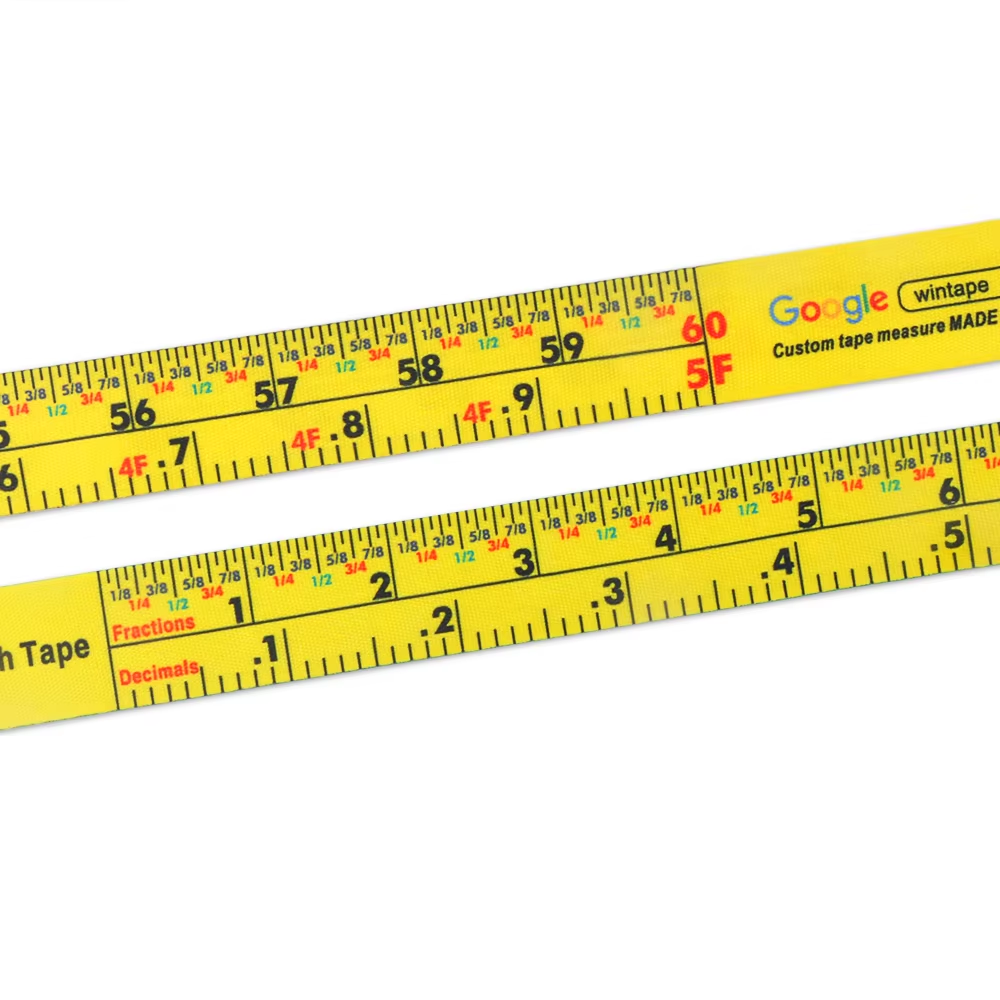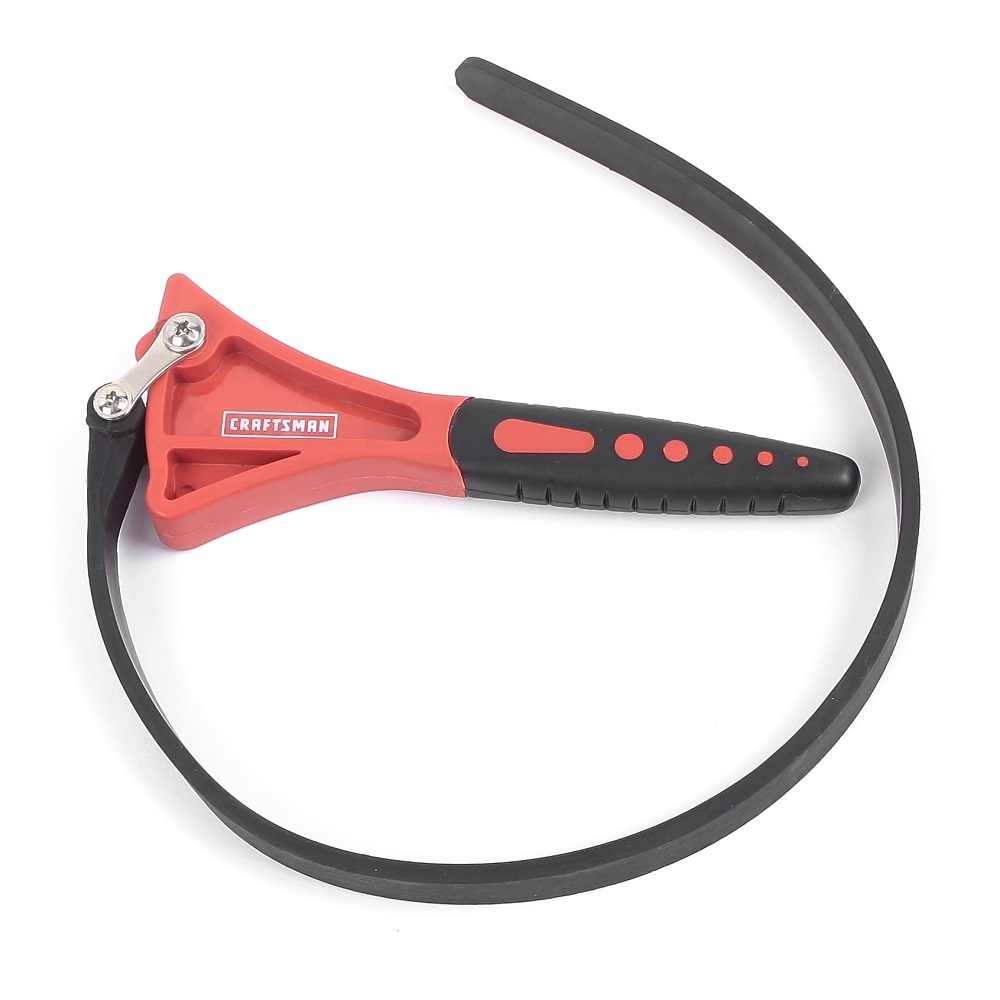
Unlocking the Potential: Strap Wrench Uses for DIY Enthusiasts
Introduction
A strap wrench is a versatile tool in any DIY toolkit. This hand tool uses a non-marring strap to grip and turn objects. Its design allows for use on materials that mark easily or where other wrenches fail. Unlike traditional wrenches, a strap wrench can adjust to a wide range of sizes. This makes it ideal for tasks around the home, garage, or workshop. A strap wrench usually comes with a handle and a rubber, nylon or polyester strap. The strap is the key element. It wraps around the object you need to work on.
The handle provides leverage to turn or hold the object in place. Most DIY enthusiasts appreciate the strap wrench for its simplicity and effectiveness. With a strap wrench, tasks like opening a stuck jar or fitting a new oil filter become easier. As you consider adding a strap wrench to your arsenal, remember its main function. It’s designed to grip without causing damage. This is especially important when working with delicate surfaces. Strap wrenches do not require extensive strength to operate. They are user-friendly and offer a safe grip for items that might be slippery or awkward to hold. In the following sections, we’ll explore the various uses, benefits, and tips for using a strap wrench effectively.
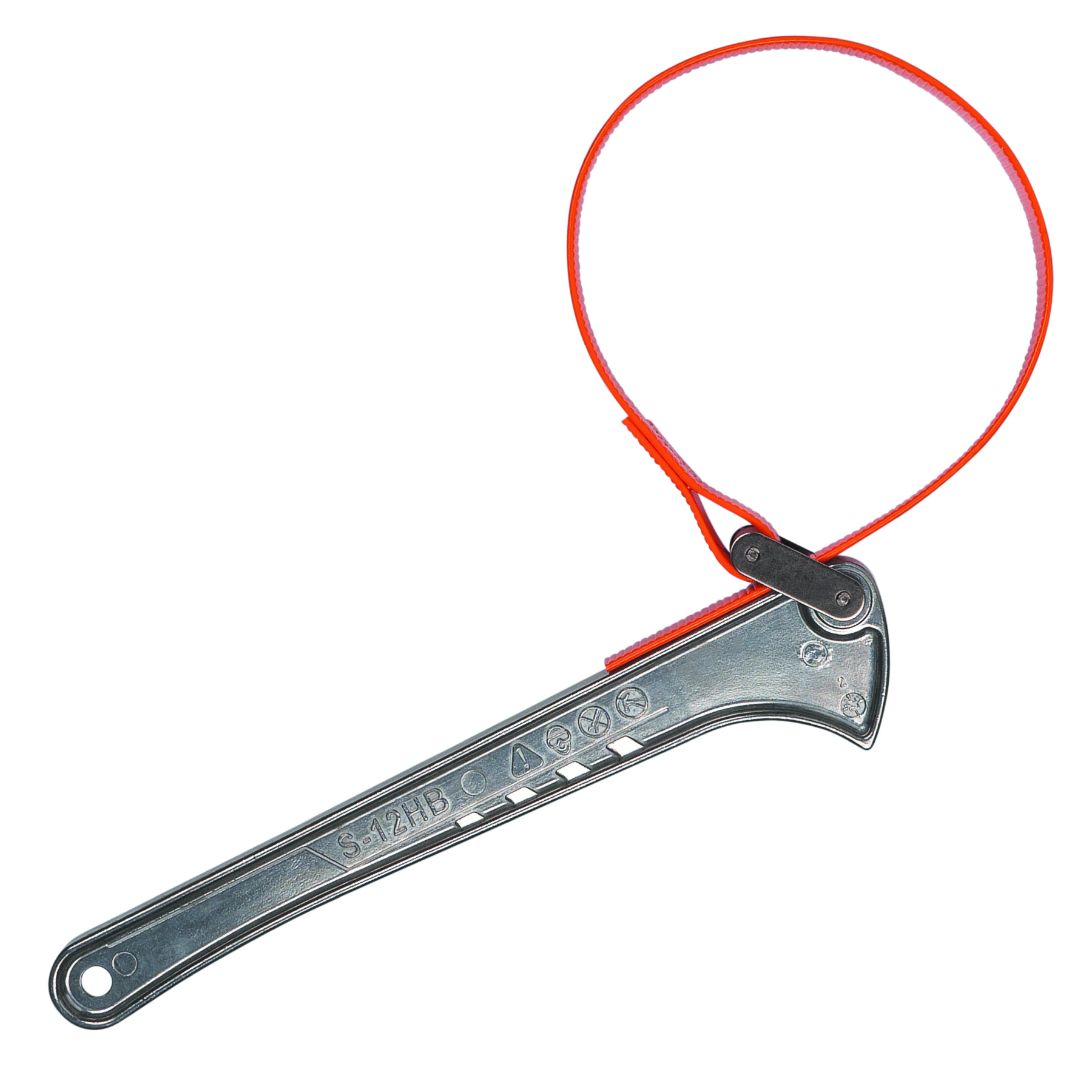
Key Benefits of Using Strap Wrenches
Using a strap wrench brings various advantages to the DIY enthusiast. Here are the key benefits:
- Versatility: A strap wrench’s adjustable strap can fit a wide range of sizes and shapes. This means you can use it on many items, from small nuts to large pipes.
- Protection: The strap’s material is designed to avoid scratching or damaging delicate surfaces. This is crucial when working on polished, painted, or easily marred items.
- Ease of Use: Strap wrenches require less physical strength to operate than many other tools. They are particularly handy when dealing with stuck or tight objects.
- Grip on Slippery Surfaces: The strap material provides a strong grip on items that are slippery or awkward to handle. This makes it easier to loosen or tighten without slippage.
- Safety: Since strap wrenches fit snugly around objects, they’re less likely to slip and cause injury compared to rigid tools.
- Control: With a handle to leverage, users gain more control over the amount of force applied. This prevents over-tightening and potential damage to the object or tool.
These benefits make the strap wrench a must-have tool for both novices and experienced DIYers. Its simple yet effective design underpins its popularity in various settings. Whether tackling a plumbing job or opening a container, the strap wrench proves to be a valuable companion in a multitude of scenarios.
Various Applications of Wrenches in DIY Projects
Strap wrenches are not limited to a single task. They shine in various DIY scenarios. Here are some practical applications you might find useful in your own projects:
- Opening Jars and Bottles: Struggle with tight lids no more. A strap wrench grips and twists open even the most stubborn jar or bottle lid with ease.
- Plumbing Tasks: Need to work on faucets, pipes, or showerheads? The wrap-and-twist ease of a strap wrench makes plumbing jobs less daunting.
- Oil Filter Replacement: When changing vehicle oil filters, a strap wrench ensures a snug fit and prevents the slipping of oily surfaces.
- Handling Garden Equipment: Tighten or loosen connections on hoses and other garden tools effortlessly with a strap wrench.
- Appliance Repairs: Use it on washing machine drums, vacuum cleaner wheels, or other household appliances that may require grip without scratches.
- Home Improvement Jobs: For projects that involve turning or holding oddly-shaped or large items, the strap wrench is your go-to tool.
Incorporating a strap wrench into these DIY projects offers a winning combination of control and caution. You avoid scratching surfaces and exert minimal effort. With a strap wrench in hand, you’re prepared to tackle various tasks with confidence and efficiency.
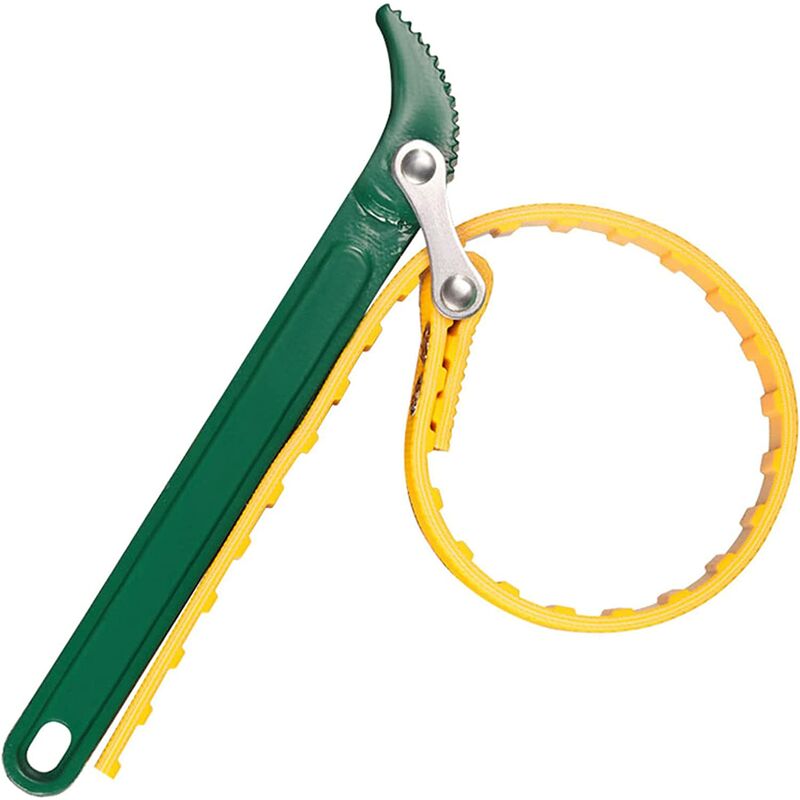 How to Use a Wrench Properly
How to Use a Wrench Properly
Using a strap wrench correctly increases its effectiveness and ensures safety. Here’s a straightforward guide to using your strap wrench like a pro:
- Open the Strap: Lay the strap flat and open it to its full length.
- Wrap Around the Object: Place the strap around the item you want to grip. Make sure the strap is snug but not too tight. It should fully contact the surface of the object.
- Thread the Strap: Pull the end of the strap through the slot or hole on the wrench handle. Some models might have a different mechanism, so always check the manufacturer’s instructions.
- Tighten the Grip: Pull the free end of the strap to eliminate any slack. This will tighten the loop around the object.
- Position the Handle: Hold the handle so that it’s perpendicular to the strap for optimal leverage.
- Turn the Wrench: Apply pressure to the handle in the direction you need to turn the object. If you’re loosening, push counterclockwise. For tightening, push clockwise.
- Maintain Tension: Keep a steady pull on the strap to maintain tension. This ensures the strap doesn’t slip during the turning process.
By following these steps, you can handle tasks involving a strap wrench with greater confidence and precision. Remember to apply force carefully to prevent injury or damage to the object. The strap wrench is a tool that rewards a thoughtful and measured approach.
Comparing Strap Wrenches with Other Wrench Types
When you compare strap wrenches with other types of wrenches, the differences are clear. Each wrench type serves a unique purpose. Pipe wrenches, for example, are great for metal pipes but may damage softer materials. Adjustable wrenches are versatile, but they can be clumsy on rounded objects. Allen wrenches work for hex screws, but not much else.
Let’s break down the key differences:
- Pipe Wrenches: These are heavy and can scar surfaces. Strap wrenches, on the other hand, are gentle and safe on various materials.
- Adjustable Wrenches: They have a firm grip on nuts and bolts but may slip on round or smooth surfaces. Strap wrenches excel here with their secure wrap-around grip.
- Allen Wrenches: While perfect for hex socket bolts, they have no use on irregular objects. Strap wrenches adjust to any shape, offering wide applications.
- Socket Wrenches: These are designed for specific bolt sizes. A strap wrench, with its adjustable strap, fits a range of sizes and shapes.
In comparison, strap wrenches offer adaptability and surface protection that other wrench types don’t. They are unmatched in their ability to grip without causing harm. For delicate jobs that need careful handling, a strap wrench is often the best choice. It truly stands out in the DIYer’s toolbox for tasks where other wrenches might fail.
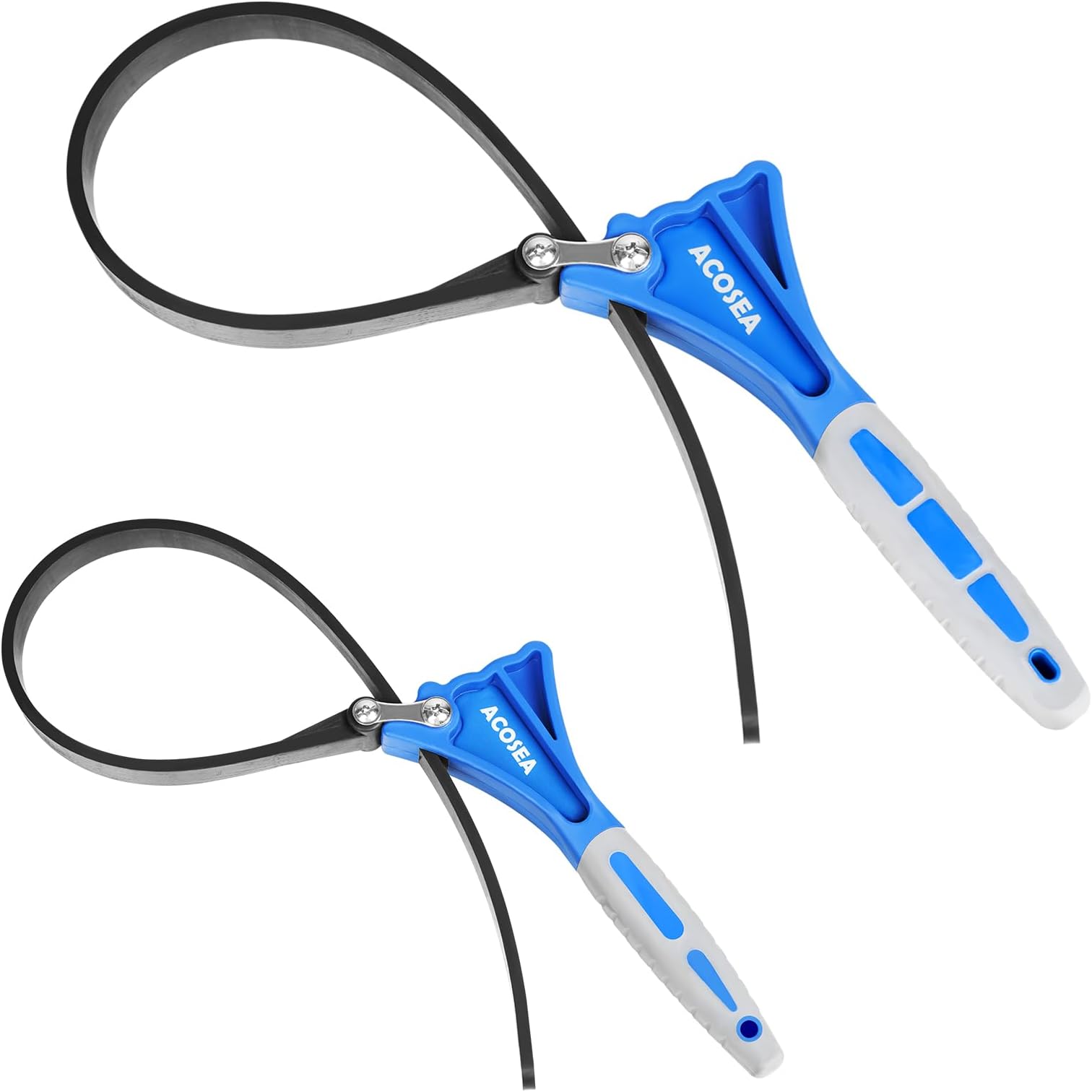 Maintenance and Care
Maintenance and Care
To keep your strap wrench in top condition, follow these maintenance tips:
- Clean After Use: Wipe the strap with a damp cloth to remove any residue. Keep the handle dry.
- Inspect Regularly: Check the strap for wear and tear. Look for any signs of fraying or cracking.
- Proper Storage: Hang or lay flat in a dry place for storage. Avoid folding the strap, which can cause creases or damage.
- Check the Mechanism: Ensure the locking mechanism functions smoothly. Apply lubricant if necessary.
- Avoid Chemicals: Keep the wrench away from harsh chemicals that might degrade the strap material.
- Replace When Needed: If the strap shows significant damage or loss of grip, get a replacement. A worn strap reduces effectiveness and can be unsafe.
By caring for your strap wrench, it will serve you well in many DIY situations. Simple maintenance prevents unexpected failures that could derail your projects. Always treat tools with respect to extend their life and functionality.
Selecting the Right Wrench for Your DIY Needs
When choosing a strap wrench for your DIY projects, consider several factors to make the best selection. Here’s a simple guide:
- Strap Material: The strap can be made of rubber, nylon, or polyester. Rubber grips well but may wear out with heavy use. Nylon and polyester are durable and resist fraying.
- Strap Length: A longer strap can handle larger items. Measure the largest item you plan to work on and ensure the strap is long enough.
- Handle Design: Handles can be straight or have an ergonomic design. Ergonomic handles are easier on the hands, especially for tough jobs.
- Adjustability: Make sure the strap wrench you choose can adjust to the range of sizes you need. This is key for versatility.
- Brand Reputation: Look for brands known for quality. Read reviews and get recommendations from other DIY enthusiasts.
- Price: Set a budget, but don’t skimp on quality. A good strap wrench is an investment in your DIY toolkit.
Selecting the right strap wrench will help ensure smooth and efficient completion of your DIY tasks. Remember to weigh these factors carefully for the best tool performance.
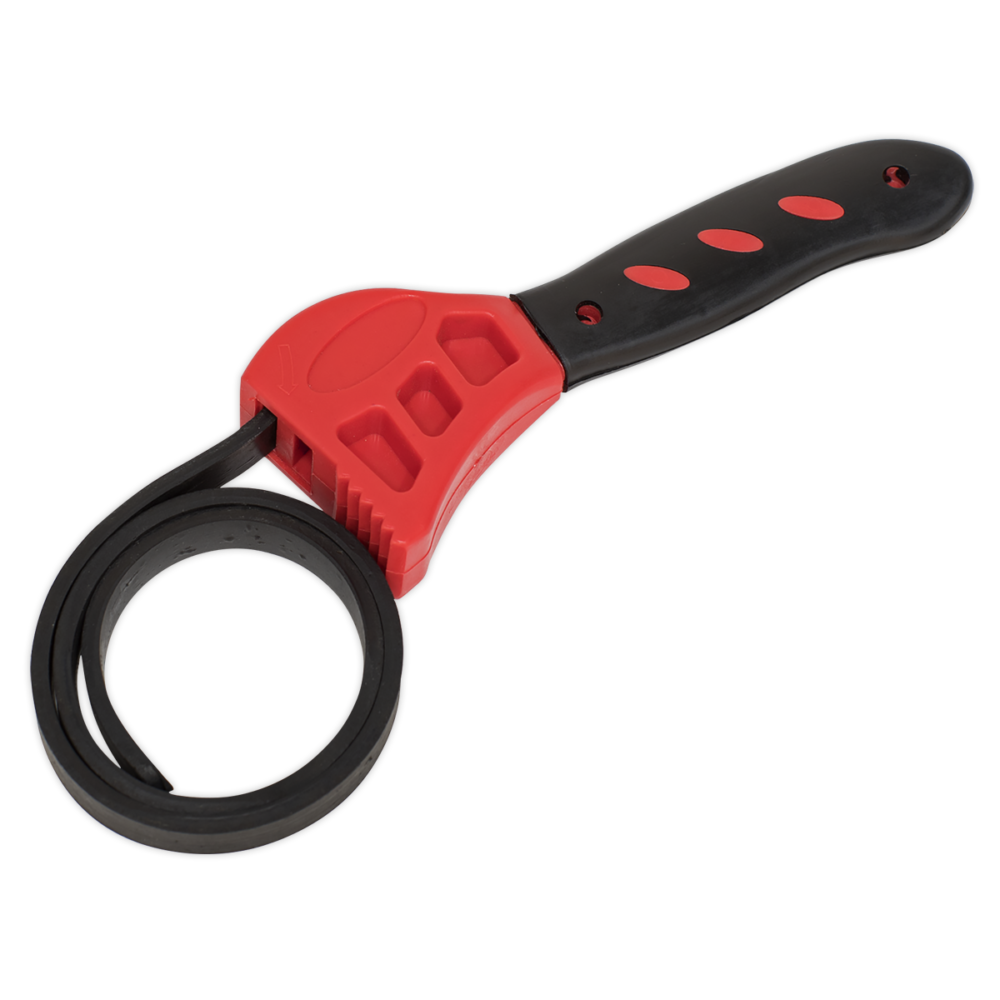 Safety Tips When Using Wrenches
Safety Tips When Using Wrenches
When using strap wrenches for any DIY project, safety is paramount. Here’s how to stay safe:
- Wear Protective Gear: Always wear gloves to protect your hands and goggles to shield your eyes.
- Inspect Equipment: Before use, check your strap wrench for any damage or wear.
- Secure the Object: Make sure the object you’re working on is stable and won’t move unexpectedly.
- Use Correct Technique: Follow the proper steps for using a strap wrench to avoid slippage that can cause injury.
- Do Not Overexert: Apply only the necessary force to avoid muscle strain or wrench breakage.
- Keep Your Work Area Clean: Remove any clutter that can trip you or distract you while you work.
- Be Mindful of Your Fingers: Keep fingers away from the strap’s loop to prevent pinching as you tighten or loosen.
- Store Properly: When not in use, store your strap wrench in a safe place to prevent accidents.
By following these safety tips, you can effectively use your strap wrench while minimizing the risk of injury to yourself or damage to the items you’re working on. Safety should always be your top priority when working on any DIY projects.
Future Trends in Wrench Development
The future of strap wrench development is likely to focus on enhancing functionality, durability, and user experience through technological advancements and innovative design.
Integration of Smart Technology
Upcoming strap wrenches may incorporate smart technology, such as torque sensors or digital displays, to provide real-time feedback on the amount of force being applied. This innovation can enhance precision and prevent over-torquing.
Real-Time Feedback
Smart strap wrenches with integrated sensors can help users achieve optimal torque levels, ensuring tasks are completed efficiently and accurately without the risk of damaging components.
Lightweight and Compact Designs
Future strap wrenches may feature lightweight materials and more compact designs, making them easier to carry and store without sacrificing strength or functionality.
Portability and Convenience
Lightweight and compact strap wrenches are ideal for professionals who need to transport their tools frequently, as well as for DIY enthusiasts with limited storage space.
Customizable Straps
Advancements in material science could lead to the development of customizable straps that can be easily adjusted for different textures and gripping needs, further enhancing the versatility of strap wrenches.
Enhanced Adaptability
Customizable straps allow users to tailor the grip to specific tasks, improving the effectiveness of the wrench and expanding its range of applications.
Sustainable Innovations
Continued focus on sustainability will drive innovations in eco-friendly materials and manufacturing processes, ensuring that strap wrenches evolve to meet environmental standards without compromising performance.
Green Manufacturing Practices
Adopting green manufacturing practices will ensure that strap wrenches are produced in a manner that minimizes environmental impact, supporting global sustainability goals.
 Conclusion
Conclusion
In summary, the strap wrench is a versatile and efficient tool that offers numerous advantages across various applications. From its non-damaging grip and adjustable design to its durability and ease of use, a strap wrench is an invaluable addition to any toolbox. Whether you’re a professional plumber, an automotive technician, or a DIY enthusiast, investing in a high-quality strap wrench can significantly enhance your ability to handle a wide range of tasks with confidence and precision.
By understanding the design, applications, and benefits of strap wrenches, you can make informed decisions about which model best suits your needs. Additionally, maintaining your strap wrench properly ensures its longevity and continued performance, providing lasting value and reliability.
As innovation continues to shape the evolution of strap wrenches, future developments promise even greater functionality and sustainability, making them an essential tool for both current and future generations of users. Embrace the versatility and efficiency of strap wrenches, and elevate your tool collection to meet the demands of any job with ease and effectiveness.
Strap wrenches continue to stand out as a testament to thoughtful tool design, offering practical solutions to everyday challenges across various industries. Whether you’re tightening a stubborn pipe, adjusting an exhaust system, or embarking on a new DIY project, the strap wrench is your reliable partner, ensuring that you can tackle tasks efficiently and without unnecessary hassle. Invest in a quality strap wrench today and experience the difference it can make in your work and projects.
